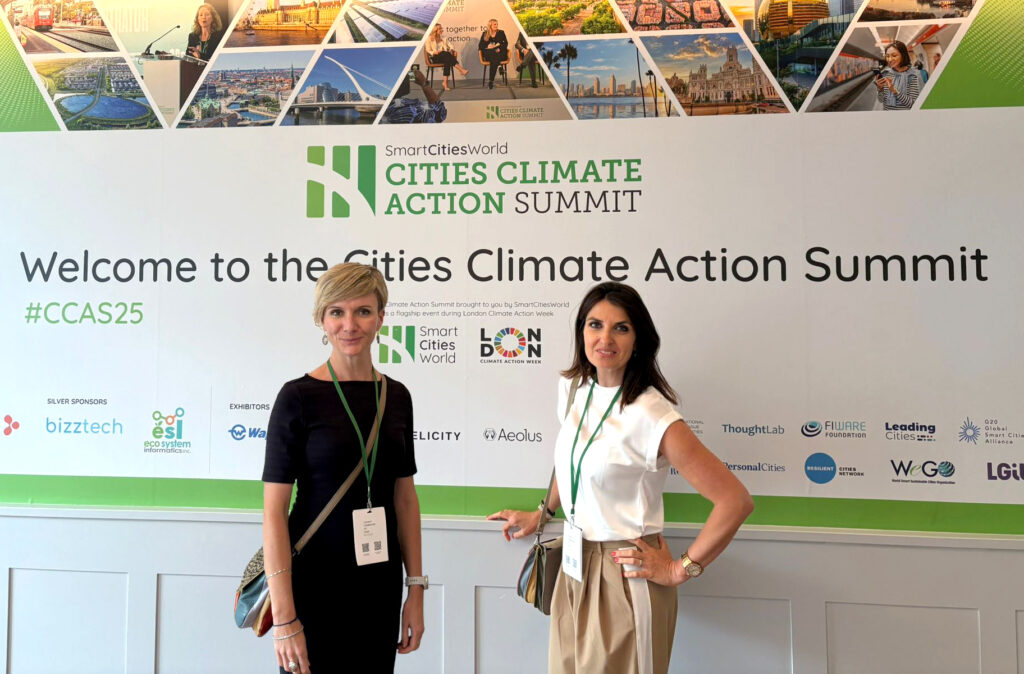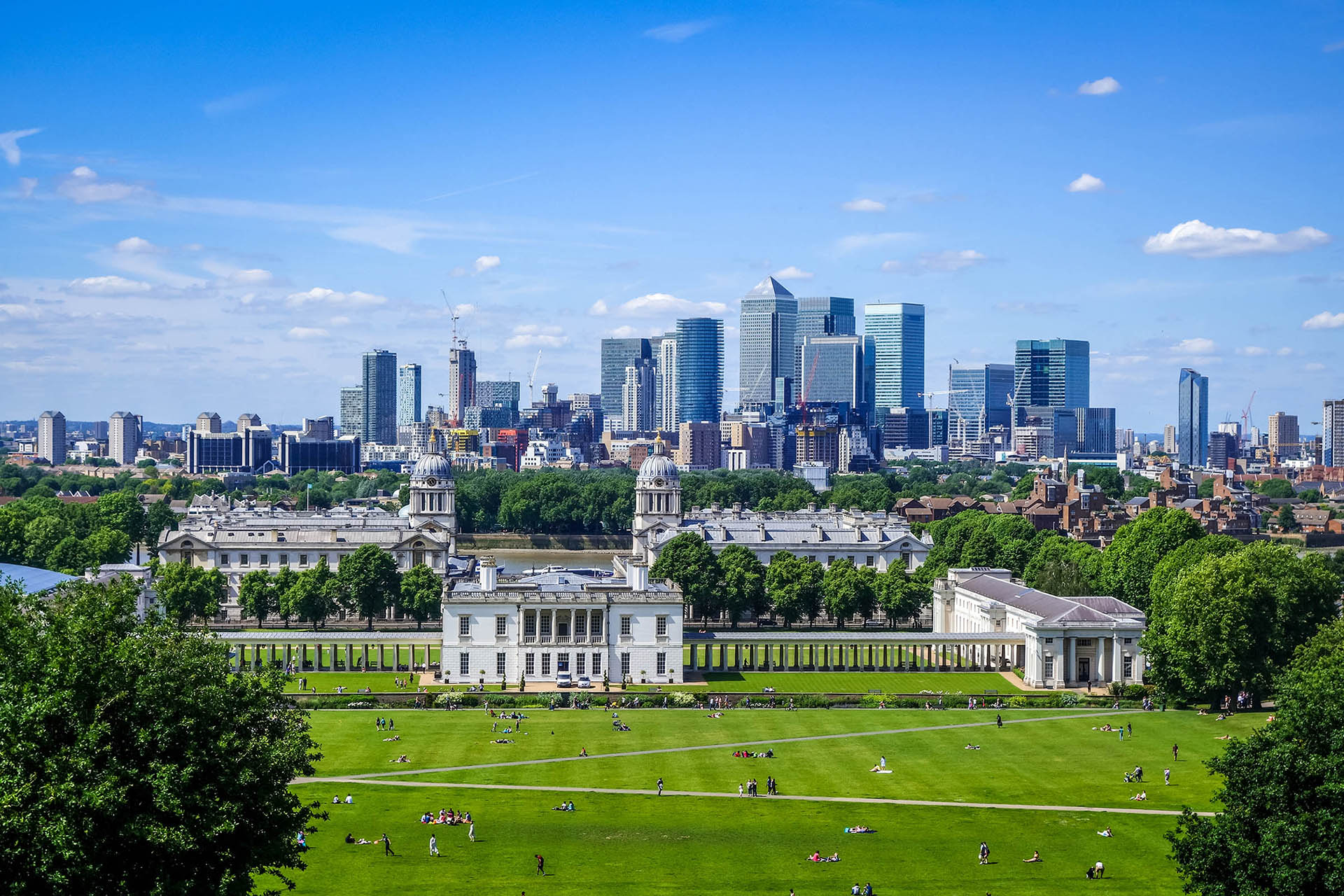At the heart of global climate efforts, London once again confirmed its leadership in sustainable urban development by hosting the London Climate Action Week (LCAW), a gathering of the world’s most influential climate thinkers, policymakers, activists, and innovators.
This year, the event was attended by Hana Matanović, CEO of Smart Sense, and Drita Očić, Sales Director, who had the opportunity to witness firsthand how a metropolis, intertwined with history and modern-day demands, is building a smart and sustainable future through cross-sectoral synergy.

Why London?
London is not just a historical and cultural capital – it’s also one of Europe’s most advanced Smart City hubs, responding to 21st-century climate challenges with strategy and innovation.
The city pioneered the Ultra Low Emission Zone (ULEZ) system, significantly reducing CO₂ emissions in its central areas. Combined with electric buses, a robust EV infrastructure, and traffic management powered by TfL’s open data, London is actively shrinking its carbon footprint.
Air quality and energy consumption sensors have been deployed across several boroughs, while the London Underground goes beyond transport, with energy generated by trains used to heat the buildings above, exemplifying smart use of urban resources.
Even rain, once just a grey London nuisance, now plays a key role in sustainability. The city is heavily investing in green roofs, rain gardens, urban parks, and advanced stormwater systems. Projects like the Thames Barrier and “grey-to-green” streets help combat flooding and urban heat islands.
Initiatives such as Talk London and collaborations with LOTI (London Office for Technology and Innovation) allow residents to co-create city policies, from energy efficiency to urban space and mobility.
Air Quality as a Priority
One of London’s core climate priorities is the systematic monitoring and improvement of air quality. The city operates one of the densest sensor networks in Europe, tracking pollutants like NO₂ and PM2.5 in real time.
These insights guide sustainable mobility planning, inform investments in electric transport, and help assess health impacts.
A key project is Breathe London, which uses mobile sensors and AI to model neighbourhood level pollution and suggest concrete transport policy changes.
Just recently, the city invested £2.8 million to expand this network to 136+ sensors, now monitoring air quality in boroughs, schools, and hospitals.
As the project team put it: “This is one of the biggest investments in air quality we’ve seen.”

Thanks to technology like this, London doesn’t just collect data – it uses it to reshape the city for long-term public health and community resilience.
Maybe the London sky is still grey – but the strategy beneath is turning greener every day.
Local Momentum: The “Healthy Urban Mobility” Conference in Zagreb
Inspired by examples like London, Zagreb is also taking steps toward a more sustainable urban future.
At the recent “Healthy Urban Mobility in Cities” conference, a diverse group of stakeholders, from city officials and builders to healthcare, education, and the private sector, gathered to discuss cross-sectoral collaboration for building healthier, more resilient cities.

After all, cities are made of people – and when knowledge, vision, and technology unite in service of the community, we create cities where we don’t just live – we live better.
This event highlights how Zagreb and Croatia are increasingly aware of the need to transform urban transport and air quality. But for real change, we need real-time, reliable data.
That’s where Smart Sense steps in.
Our technology provides accurate environmental insights to support evidence-based decisions – from air quality to other environmental parameters.
With our Sensees Outdoor and Indoor solutions, we help cities become healthier, more resilient, and more livable places, proving that the path to sustainable cities is built through tech-driven cross-sector collaboration.
London as a Local Inspiration
London is a powerful example of how a vision for a sustainable, smart city can become reality, through the synergy of technology, policy, and citizen engagement.
And fortunately, we’re seeing a growing wave of action and ambition locally, too.
At Smart Sense, we believe the future of smart cities lies in precise, scalable, and innovative technologies that enable timely and impactful decisions.
Our Sensees Outdoor and indoor Sensees Indoor air quality solutions support energy efficiency, environmental optimization, and urban resilience, always keeping people and nature at the center.
One standout project is our collaboration with the City of Zagreb and the Dr. Andrija Štampar Public Health Institute, focused on improving urban air quality through actionable data and smart technologies.
We don’t wait for the future – we build it. Just like London, we take responsibility to shape cities that don’t just survive tomorrow – but lead it.

